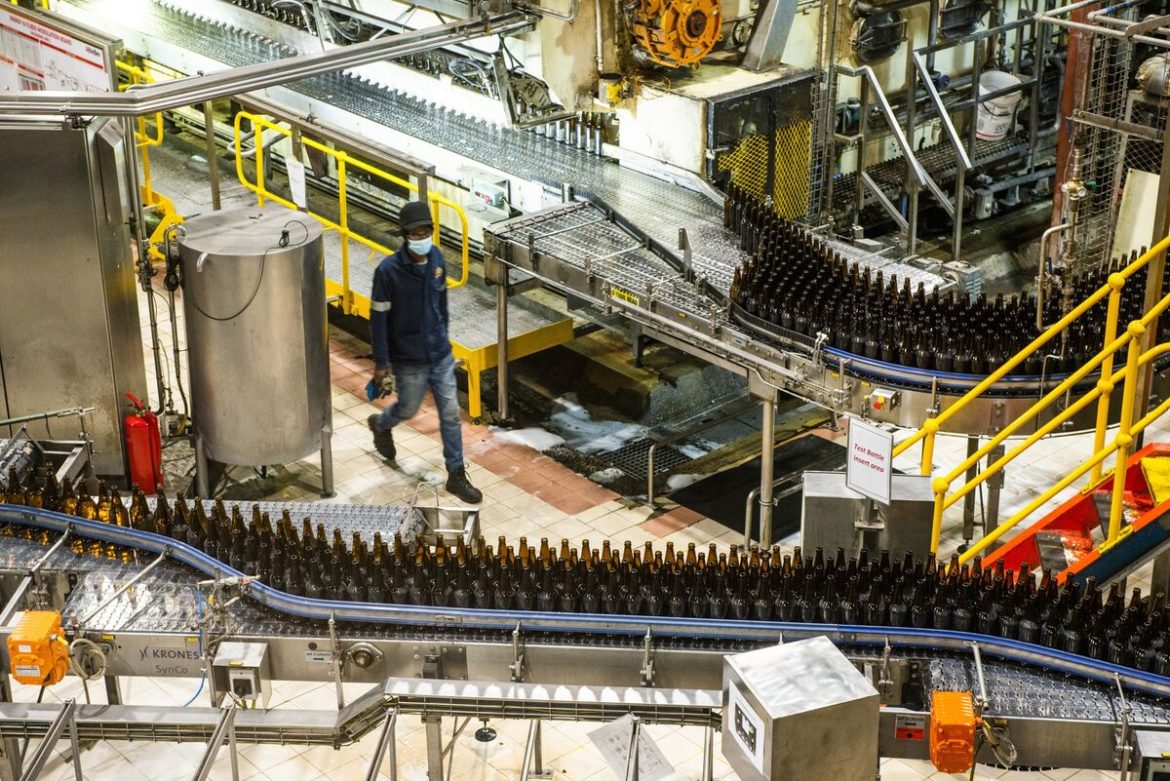There are early signs that South Africa’s struggling manufacturing industry may be beginning to improve, following months of weak performance. According to a new report released on Tuesday, a key index measuring the mood in the sector showed progress in June, although factories are still operating below capacity and logistical issues continue to weigh down production.
The latest Purchasing Managers’ Index (PMI)—a widely watched indicator of manufacturing health—rose to 48.5 points in June, up from 43.1 points in May. The index is put together by Absa, one of South Africa’s major banks, and is adjusted for seasonal changes to provide a clearer picture of real conditions.
Although the PMI remains below the important 50-point mark—used to separate expansion from contraction—this latest figure represents the second-highest level recorded this year, signaling some improvement in business conditions.
The PMI has now stayed below 50 for eight straight months, reflecting the ongoing pressure facing South Africa’s industrial sector, which is the most developed on the continent.
According to Absa, there are signs that demand for manufactured goods is beginning to stabilise, and that cost pressures are reducing—two factors that could support a gradual recovery in the months ahead.
In a statement, the bank said:
“The June PMI results suggest that South Africa’s manufacturing sector may be turning a corner, with firmer demand and easing cost pressures laying the groundwork for recovery. However, output remains weak and structural logistical challenges persist.”
One of the most encouraging signs in the report was the new sales orders sub-index, which climbed by 7.8 points to reach 46.1 in June. This suggests that customers are beginning to place more orders, which could lead to stronger factory performance in the near future.
However, despite the rise in orders, production levels did not increase. The business activity sub-index, which measures actual factory output, dropped slightly by 1.6 points to 41.9 in June. This shows that many manufacturers are still struggling to turn demand into actual production, likely due to ongoing infrastructure and logistics problems across the country.
South Africa’s transport network, especially rail and port systems, has faced multiple challenges in recent years—from underinvestment and mismanagement to strikes and vandalism. These issues have made it difficult for manufacturers to get raw materials on time or ship finished products to market, affecting overall output.
The broader picture is also not encouraging. South Africa’s economy barely grew in the first quarter of 2025, with official data showing near-zero GDP growth. One of the main reasons for this stagnation was the weak performance of the manufacturing industry, which has historically played a major role in the country’s economic development and job creation.
Analysts say that for South Africa’s economy to recover fully, the government and private sector must address the structural issues slowing down the manufacturing sector, including electricity shortages, poor logistics, and regulatory challenges. Without these reforms, any improvement in sentiment may not translate into real progress on the ground.
Still, the modest rise in the PMI gives some hope to business owners, workers, and investors that a turnaround may be starting, even if slowly.
As South Africa continues to navigate a tough economic environment, stakeholders will be watching closely in the coming months to see whether this positive momentum can be sustained or whether it will fade again, as it has in previous years.
